The Snuff Mill
Nestled in the heart of downtown Lancaster, but obscured from view by the dominant tower of Trinity Lutheran Church, is the Demuth Snuff Mill and Cigar Manufactory, the oldest standing commercial brick structure in Lancaster. The building was constructed shortly after Christopher Demuth (1738-1818) opened the Demuth Tobacco Shop at 114 East King Street in Lancaster and sits on the rear of the property, visible from Mifflin Street. The family owned and operated the business for five generations.

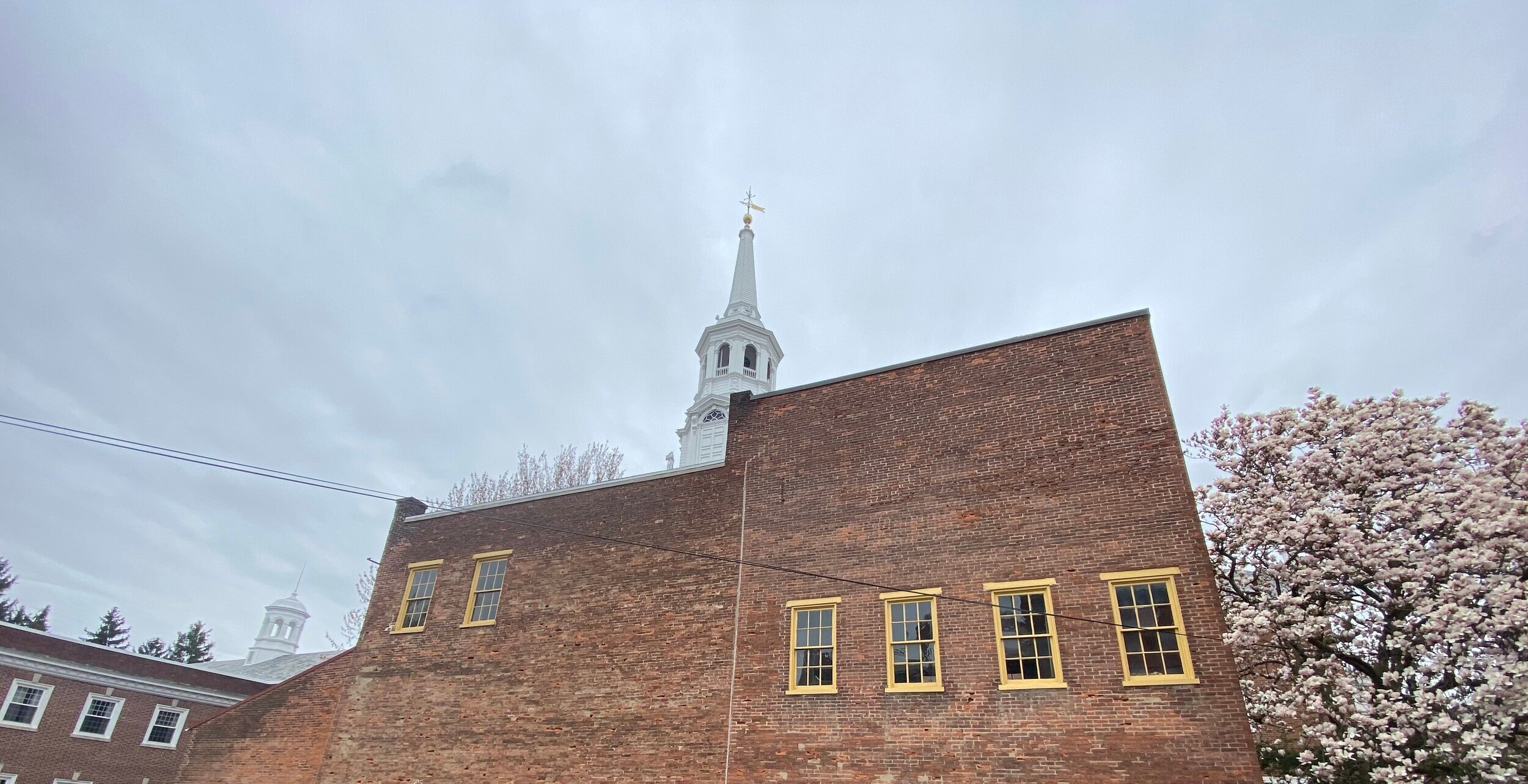
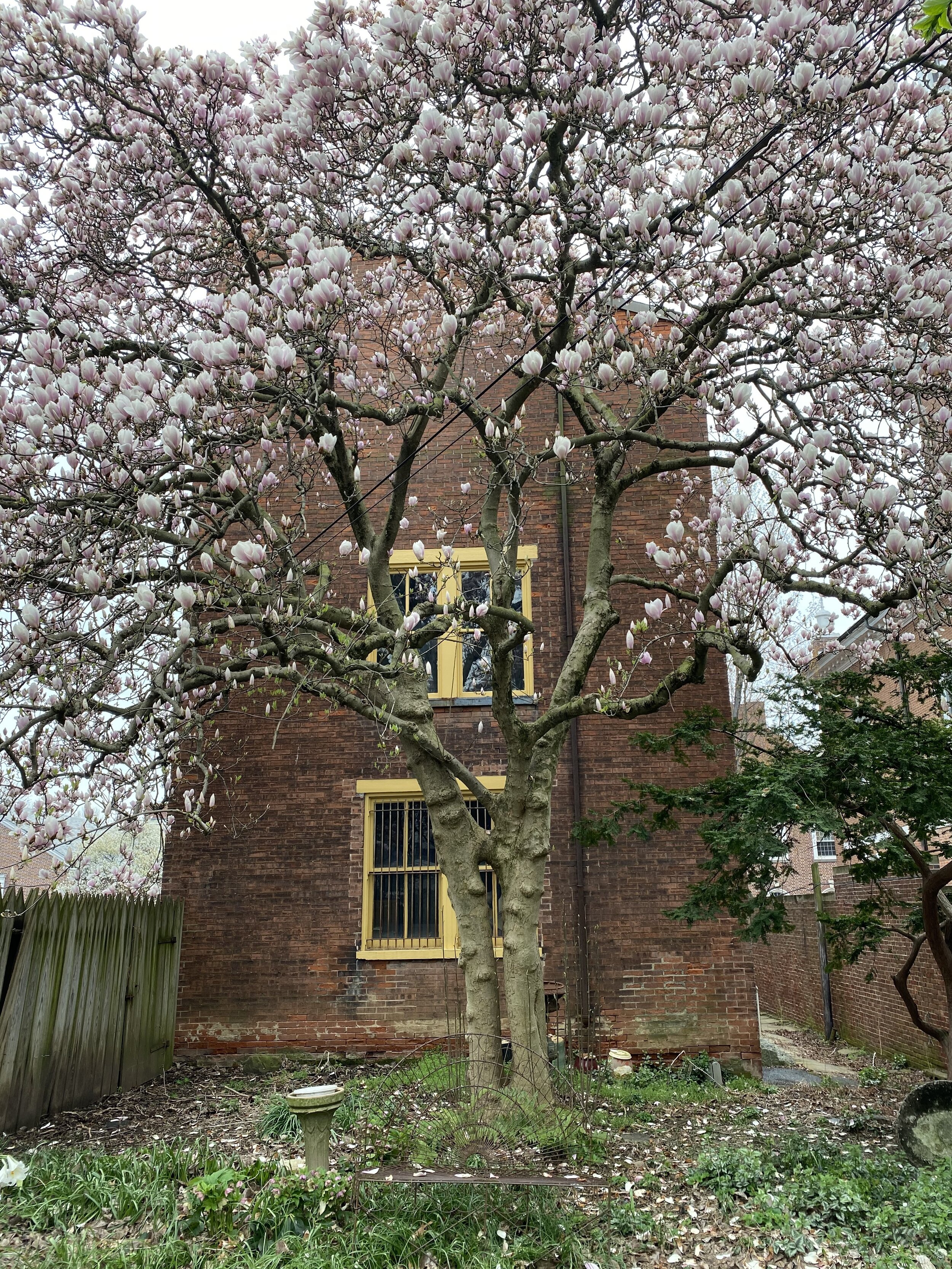
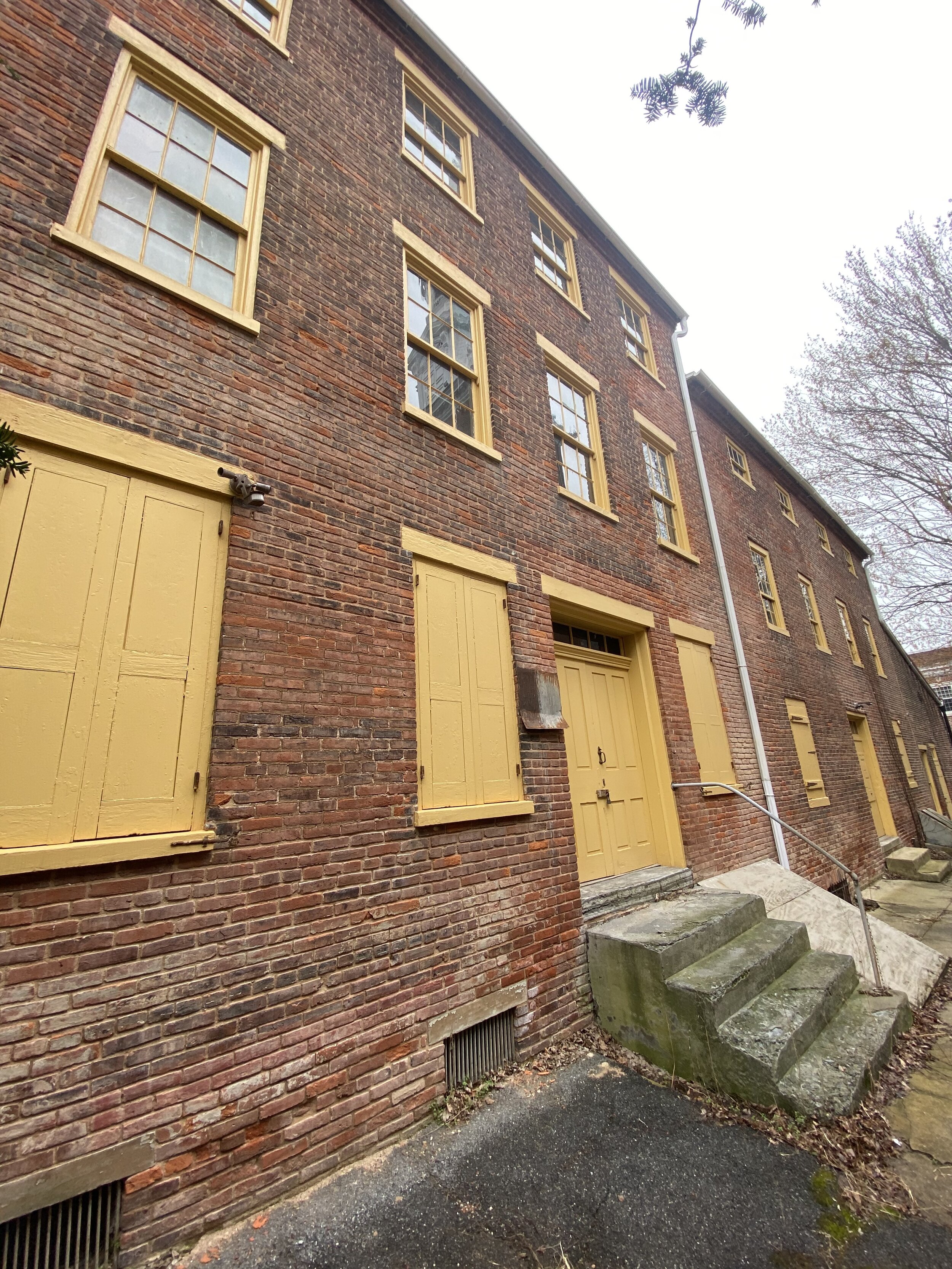
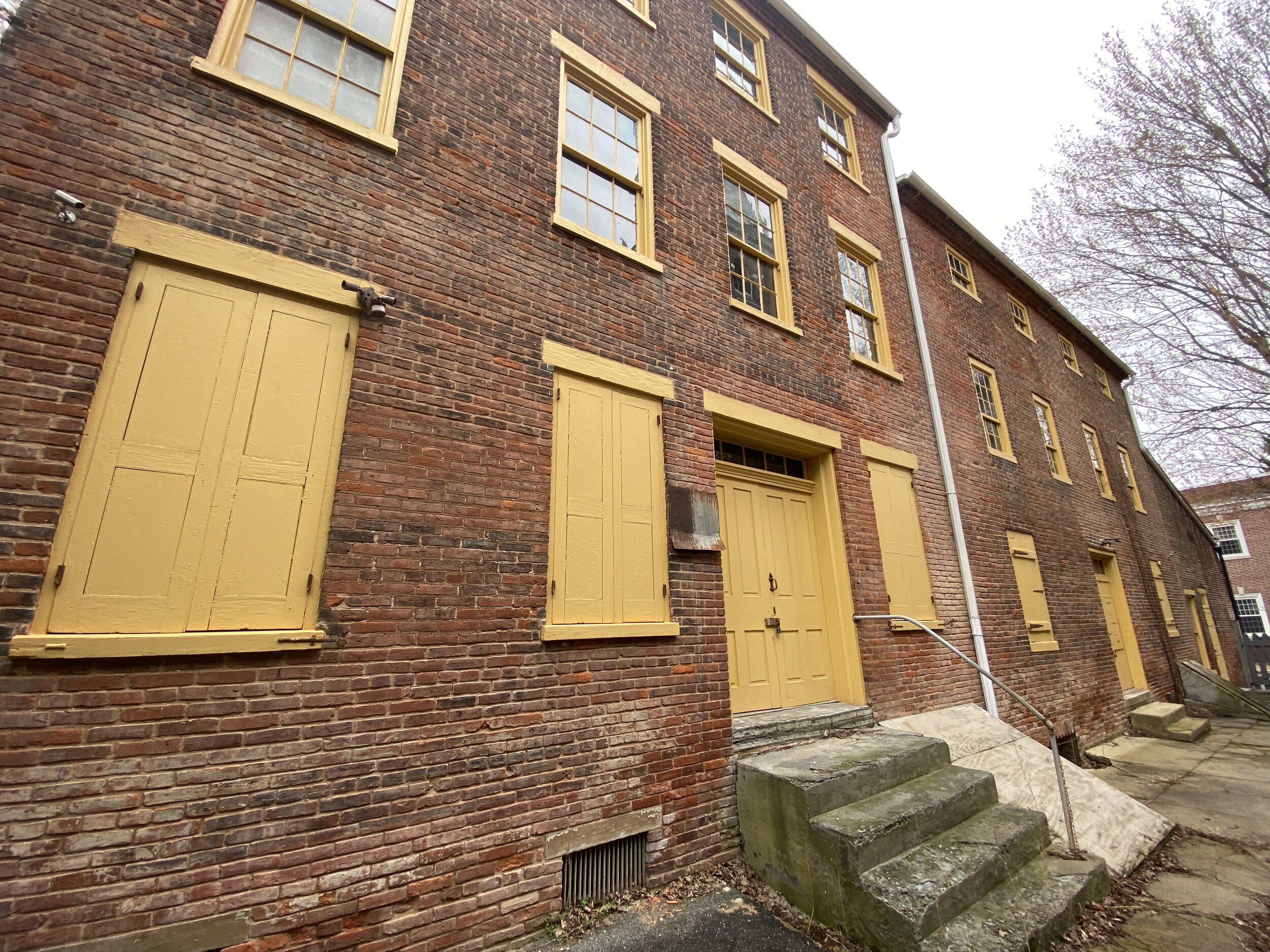
According to the 1798 Federal Direct Tax, the Snuff Mill started as a one-story frame building. Originally, only snuff was made in the building using a secret family recipe. The snuff was made after obtaining the cured tobacco, and putting it through the process of drying, grinding and fermenting according to family recipes, and then storing the snuff until use. Most of the work was done by unskilled labor, supervised by a Demuth family member.
An upswing in production is evident by the 1815 tax, as the building was then listed as a two-story mill house. The introduction of cigar making around 1800 must have caused crowding and may have been the reason for expansion. Whereas snuff production was done in batches and then stored, cigar making was a continuous, daily activity requiring skilled labor. It’s interesting to note that the Demuth family was physically involved in all phases of production. This included control of the family snuff recipe, a carefully guarded secret. The products manufactured in the building at this point included snuff and cigars.
By the mid 19th century, the building was enlarged again—a third story was added--and horsepower was used to mill products. However, the production of tobacco products increased rapidly during this period, and by 1870 it was necessary to expand again. The family completed the addition of a north wing and used this addition solely for the manufacturing of cigars. Demuth-made cigar brands include Mia Querida, Golden Lion, and Recuerdo.
The Demuth family kept up with the times and the power source was updated in 1884 to a Caloric steam engine. Business continued to boom for the next two generations and products were distributed regionally. By 1917, electricity was installed in the building and was being used to power most, if not all, of the machinery. At this time, the raw materials were received in the basement; booking and stripping took place on the first floor by two machines. On the second floor, eight benches for cigar makers were placed in a double row of four, facing each other. A large worktable was used to sort the tobacco leaf “books” for size and type before distributing them to the cigar makers. The near-by storage bins would have been convenient for this. The worktable was also a place where the cigars could be inspected. The third floor was used for storage, and possibly the drying of tobacco. Originally, hogsheads could have been lifted from the basement to the third floor using the extant hoisting arrangement.

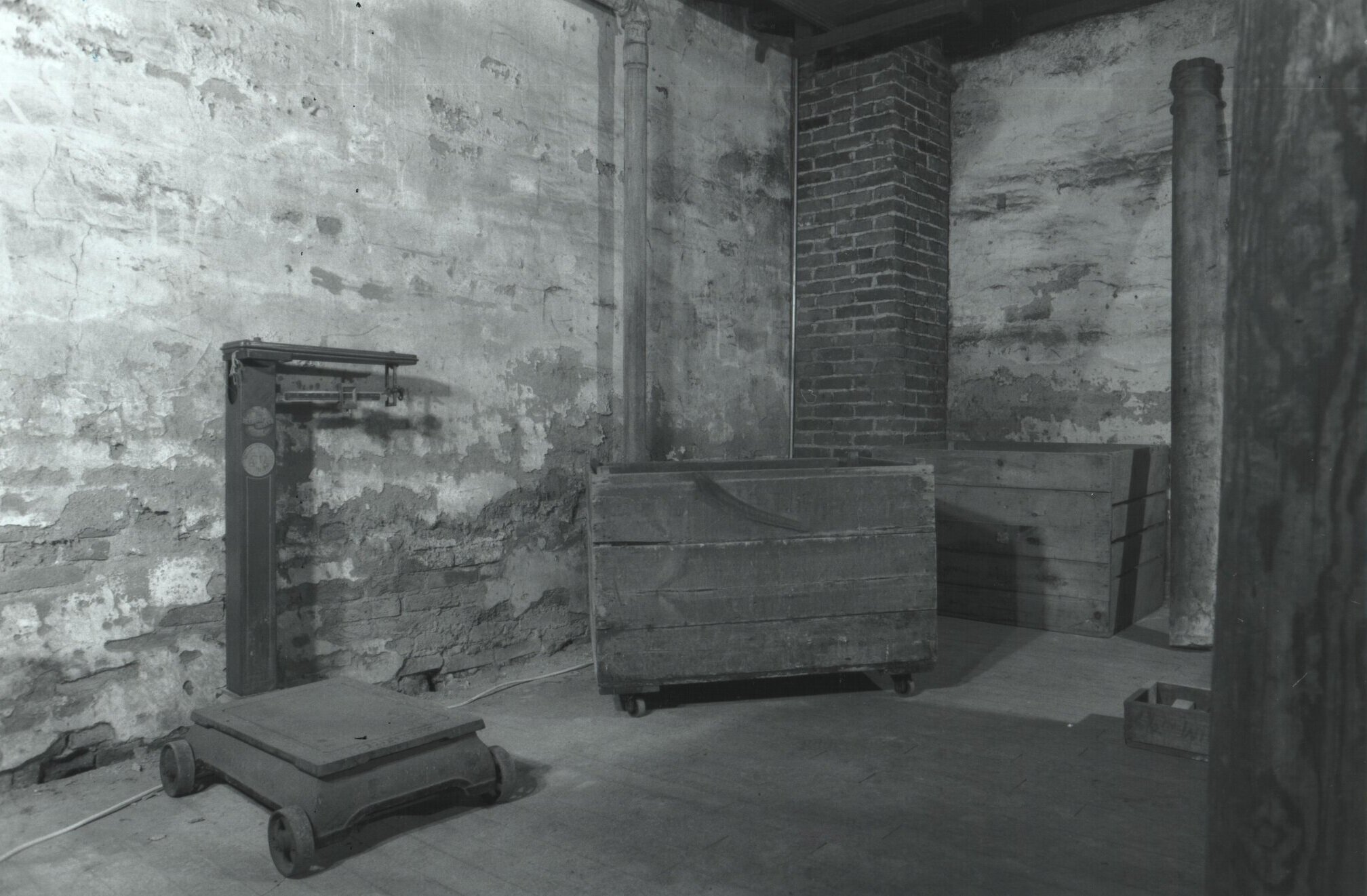
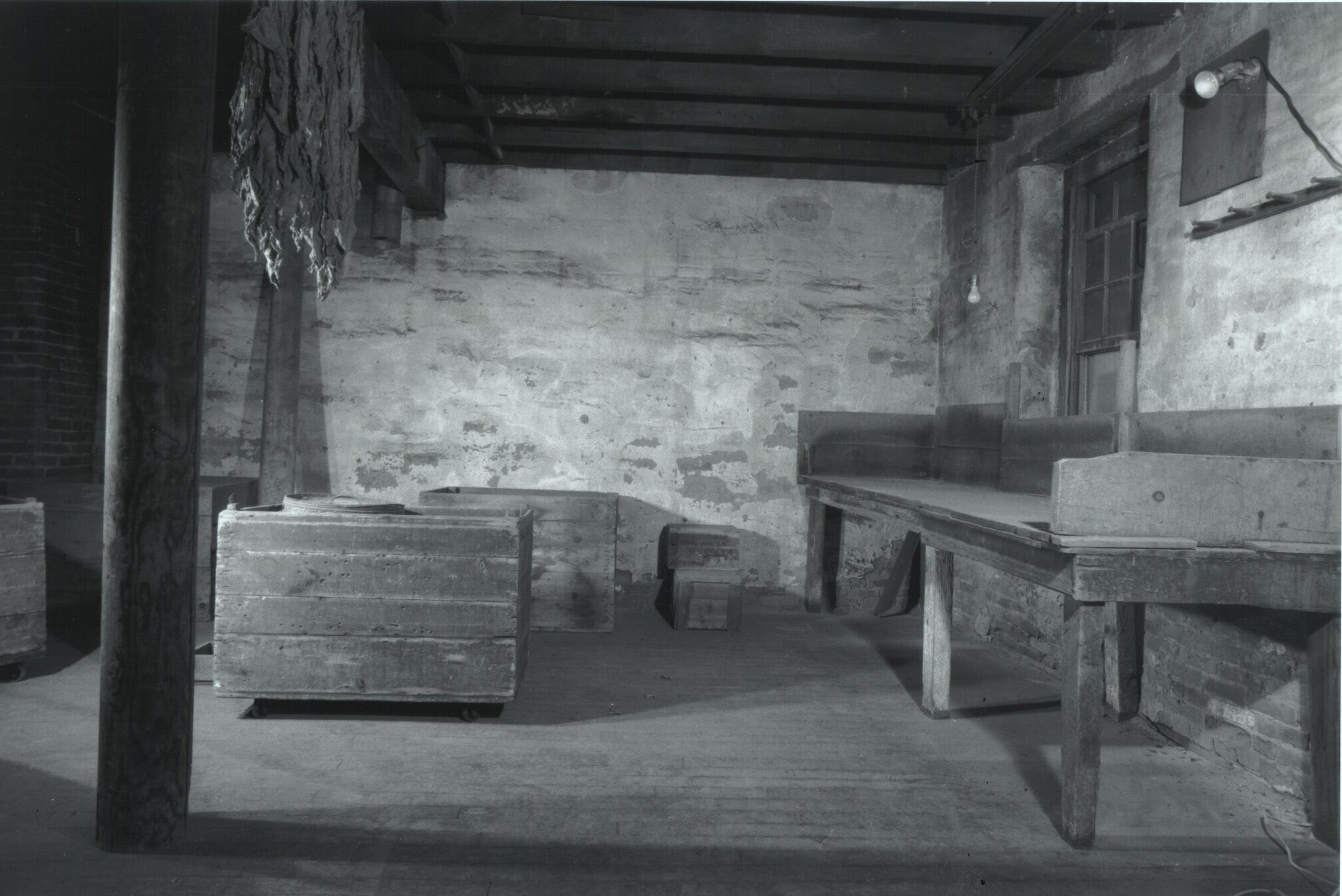


Changes in twentieth century technology brought about changes in the Demuth family business. At some point in the first half of the century, the Demuth’s stopped milling their own snuff. Large corporations and their machinery rendered Demuth’s hand-made cigars less cost effective. The business continued until around 1962 with two cigar makers, down from eight in the factory’s hey-day. After this point, the Demuth family closed the facility entirely and used it for storage.
The Demuth Foundation purchased the property in that state in 1986. Over the next 15 years, the Foundation archived and preserved the family’s ledgers, account books and business records. The mill’s equipment was cataloged and cleaned by conservationist Cory Barrett. Stepping inside the Snuff Mill is like taking a step back in time. Original machinery is still poised to grind tobacco, conveyors wrap around pulleys and bins of unused snuff sit waiting on the third story. Lights hang over the ghostly remains of cigar rolling tables. Old humidors carry the faint odor of tobacco stored there some 60 years before. Chalk on the walls announces the dates of new additions and warns employees, “Don’t spit on the floor.” An old wage sign announces the minimum hourly pay for workers--seven cents an hour.

